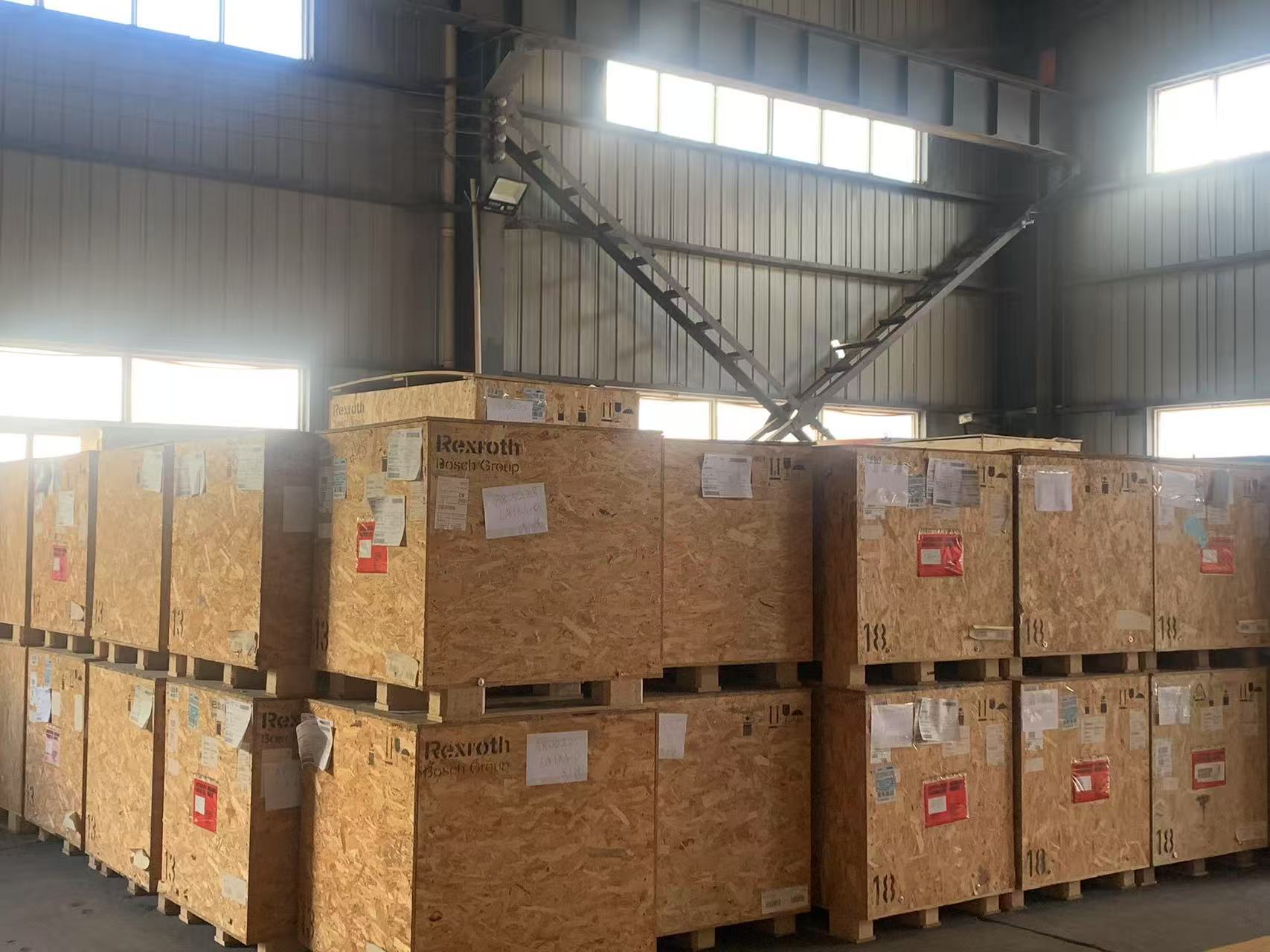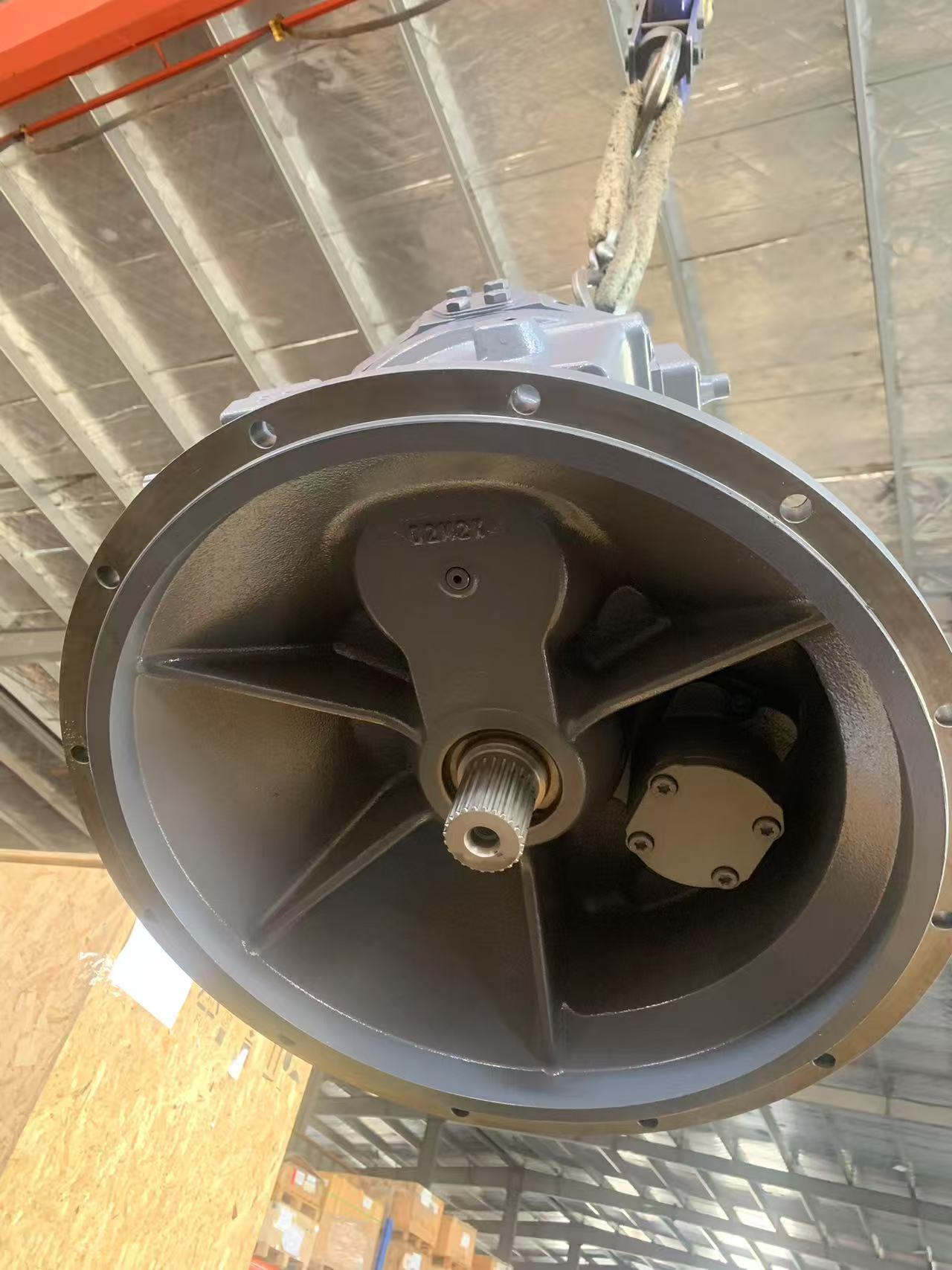Plunger Pump Technology Drives Industrial Innovation and Efficiency
Aug 05,2025
In recent years, the plunger pump has become a key component in the evolution of high-pressure fluid delivery systems across numerous industrial sectors. As industries worldwide pursue enhanced precision, efficiency, and environmental responsibility, the role of the plunger pump has grown increasingly central. Characterized by its robust structure, high-pressure capabilities, and consistent volumetric output, this type of positive displacement pump is now widely used in petrochemicals, food processing, water treatment, and hydraulic systems.

A plunger pump operates using a reciprocating motion driven by an electric motor or engine. The plunger moves back and forth inside a tightly sealed cylinder, generating high pressure to push fluids through a pipeline or system. One of its primary advantages is the ability to deliver a steady, non-pulsating flow regardless of pressure conditions. This makes it especially suitable for applications requiring precise fluid control and high-pressure operation. In fact, with modern materials and engineering enhancements, some plunger pump models are capable of pressures exceeding 1000 bar, allowing them to be used in extremely demanding environments such as deep well injection, descaling, and hydroblasting.
The demand for plunger pumps is closely tied to the expansion of oil and gas exploration. As drilling operations reach deeper and more complex geological formations, the need for high-pressure, corrosion-resistant pumping systems has become paramount. Plunger pumps, often constructed with stainless steel or other alloy materials, can withstand corrosive fluids, sand-laden mixtures, and high-pressure conditions. This has made them indispensable in downhole injection and chemical dosing systems. In offshore platforms, plunger pumps are frequently used for transferring fluids between compartments and for subsea pressure maintenance tasks.

In the chemical and pharmaceutical industries, the plunger pump offers another vital benefit: clean and contamination-free transfer. Because the pump's design minimizes the chance of leakage or product exposure to ambient environments, it is suitable for transferring aggressive acids, solvents, or sensitive materials that demand purity. The low maintenance requirements and long service intervals of modern plunger pumps further add to their appeal, reducing downtime and operational costs.
The food and beverage sector also benefits greatly from plunger pump technology. High viscosity materials like sauces, syrups, and pastes are difficult to pump using conventional centrifugal systems. Plunger pumps, with their consistent suction and discharge cycles, can handle thick or shear-sensitive materials without degrading product quality. Manufacturers rely on their precise dosing capabilities to meet stringent regulatory requirements for food safety and composition.
Water treatment plants across the globe have increasingly adopted plunger pumps for tasks such as chemical injection, reverse osmosis feed, and membrane cleaning. The ability of the pump to handle varying flow rates and maintain high pressure ensures efficient removal of contaminants and bacteria. In rural and remote areas, portable plunger pump systems are used for borehole water extraction and irrigation, contributing to agricultural productivity and sustainable resource management.
With the rise of automation and the Industrial Internet of Things (IIoT), plunger pumps are now being integrated with sensors and digital control systems. Real-time monitoring of pressure, flow rate, temperature, and vibration enables predictive maintenance, fault detection, and remote control. This not only enhances system reliability but also aligns with the broader push for smart manufacturing and energy-efficient infrastructure. Manufacturers of plunger pumps are investing heavily in research and development to create more compact, lightweight, and electronically controlled models.
The environmental impact of industrial pumping has also prompted attention toward energy efficiency and waste minimization. Plunger pumps, due to their mechanical efficiency and ability to deliver precise volumes, often outperform other pump types in terms of energy consumption per unit volume. This makes them attractive for companies looking to meet sustainability targets and reduce carbon emissions.
 Globally, the plunger pump market is projected to grow steadily over the next decade. Emerging economies, especially in Asia-Pacific and Latin America, are rapidly developing infrastructure for energy, sanitation, and industry—all of which require reliable fluid transfer systems. In China and India, government initiatives focused on water conservation, pollution control, and clean energy are driving demand for advanced pump technologies, including plunger pumps. In Europe and North America, modernization of aging industrial equipment is creating opportunities for replacing outdated systems with high-performance alternatives.
Globally, the plunger pump market is projected to grow steadily over the next decade. Emerging economies, especially in Asia-Pacific and Latin America, are rapidly developing infrastructure for energy, sanitation, and industry—all of which require reliable fluid transfer systems. In China and India, government initiatives focused on water conservation, pollution control, and clean energy are driving demand for advanced pump technologies, including plunger pumps. In Europe and North America, modernization of aging industrial equipment is creating opportunities for replacing outdated systems with high-performance alternatives.
However, challenges remain. The initial cost of high-end plunger pumps, along with installation and integration into existing systems, can be a barrier for small and medium enterprises. Additionally, improper maintenance or incorrect pump selection for specific fluid characteristics may lead to wear, leakage, or failure. To address these concerns, leading manufacturers are offering modular designs, detailed user guidance, and training services to ensure optimal use and longevity.
In conclusion, the plunger pump has evolved into a critical component for industries requiring high-pressure, precise, and reliable fluid handling. Its versatility spans from energy production to healthcare, from agriculture to municipal infrastructure. As global industries continue to prioritize efficiency, digitalization, and sustainability, the plunger pump stands out as a technology that not only meets current demands but is poised to adapt to the innovations of the future.
MORE BLOG
Products
Contact us
Hefei Bozhiyu Hydraulic Technology Co., Ltd.
Mob/WhatsApp:
+86 186 5616 0697
Email: lucydong661@gmail.com
Add:3 building,west lvyuan baoye yaohai district, Hefei, Anhui Province, China
Message Inquiry
* We will contact you within one working day. Please pay attention to your email.
Follow us


